Invisible Differences
Story by Julie Dachez and Fabienne Vaslet
Adaptation and art by Mademoiselle Caroline
Translated by Edward Gauvin
Oni Press
Over the past several years I feel like I’ve seen a small but noticeable increase in comics about what was previously diagnosed as Asperger’s Syndrome but is now part of the larger umbrella diagnosis Autism Spectrum Disorder. They all share a basic purpose and so work to maintain similar balances as they generally tell the story of one person with Asperger’s, usually someone who doesn’t realize they fall on the spectrum and through a series of realizations seek a diagnosis.
The stories unfold as a way to personalize Asperger’s, often as part of a memoir that allows the person with Asperger’s the opportunity to tell their own story, but also present information that widens the spread of awareness in such a way that it’s useful to others with Asperger’s looking for guidance or understanding, looking to feel less alone, and also useful to people who have someone with Asperger’s in their life and are seeking to understand or maybe help.
These books also tend to be for people who may not be connected with Asperger’s in any personal way, and that’s the area that so many tend to fail — not for any reason that is the creator’s fault, but with so many goals to juggle, this is the one that seems to be the hardest to achieve.
Invisible Differences does a great job at injecting style and personality in such a way that you could mistake it for a slice of life comic about a young French woman navigating life that just happens to be about Asperger’s. Actually, that’s exactly what it is.
That woman is Marguerite, in her 20s and well aware of her own quirks though challenged with the task of accepting herself even as others proactively butt up against these aspects of herself that make her undeniably different from others. The most obvious place this becomes a problem is at work where Marguerite finds herself facing lectures from her supervisor about the distance she keeps from the social aspect of office life. She also finds herself at odds with her boyfriend as she typically has to remove herself for social situations as she becomes overwhelmed by the crowds and the noise.
While this is the story of Marguerite’s self-discovery and her diagnosis, writer Julie Dachez spends more than half of Invisible Differences depicting Marguerite’s experience without bringing the diagnosis into the story at all, but rather letting her character’s life unfold on its own terms until she is moved to begin a search for answers. This gives you a lot of time to walk alongside Marguerite in even the most mundane of moments, to watch her distress and awkwardness, to slowly alongside her build a case for seeking out answers.
Once she does answer her questions, the care and time taken depicting her pre-diagnosis life allows the struggles of explaining what Asperger’s is and how it manifests in her and generally demanding she be heard and not denied her answer to be more vivid and crucial in the readers’ eyes as well as her own.
Invisible Difference also has the added bonus of examining the perception of Asperger’s and Autism in France, and the deficiencies in that country’s approach compared to others. There’s a scarcity of acknowledgment there and this reality bleeds through many of the reactions that Marguerite faces, grounded in a culture that lacks awareness due to a high level of denial.
The story is not autobiographical but rather an adaptation of a real experience through collaboration. Dachez wrote the story in collaboration with Fabienne Vaslet, on whom Marguerite is based. Mademoiselle Caroline then adapted that story into comics form, adding a charming and stylish visual element that gives the book a lot of personality and helps transform it into something far beyond an instructional comic about Asperger’s.


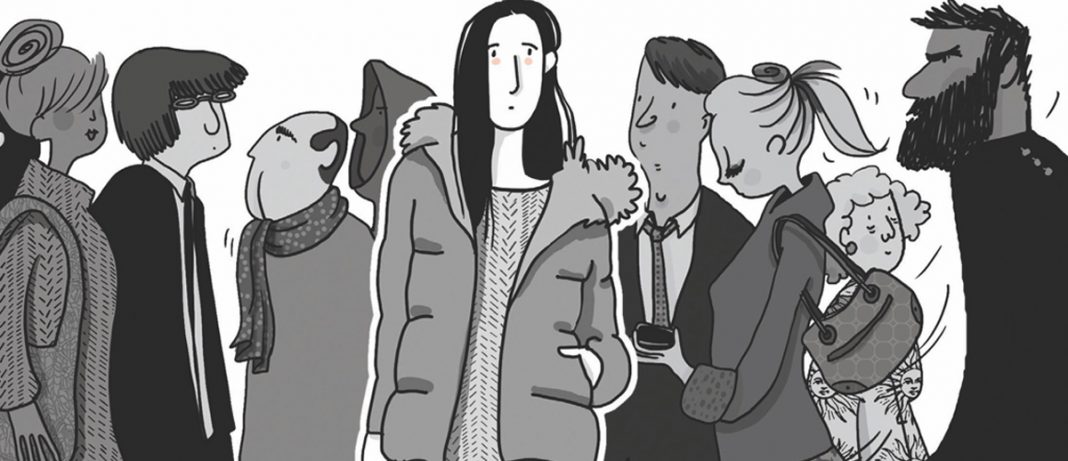
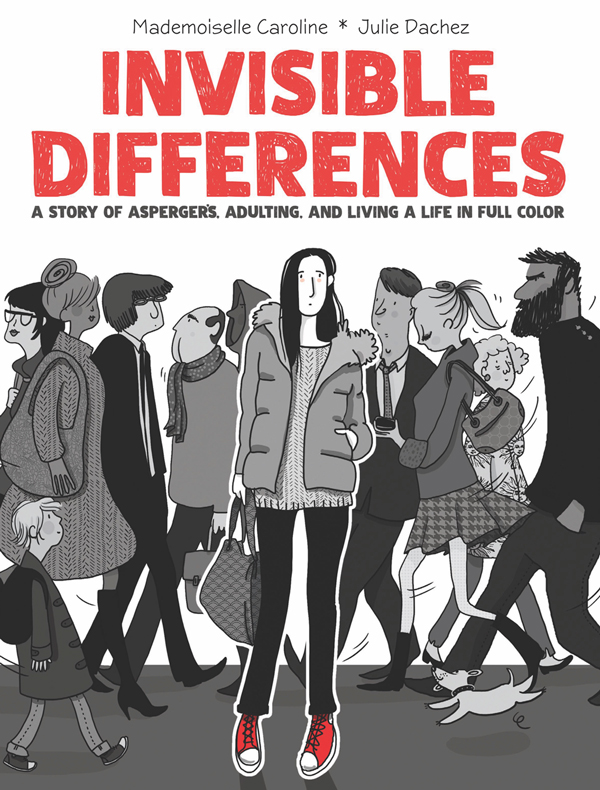
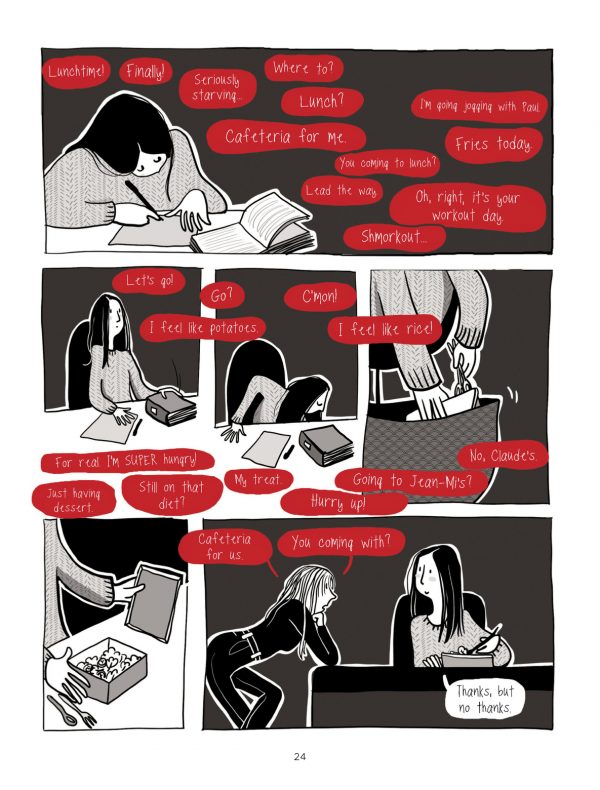
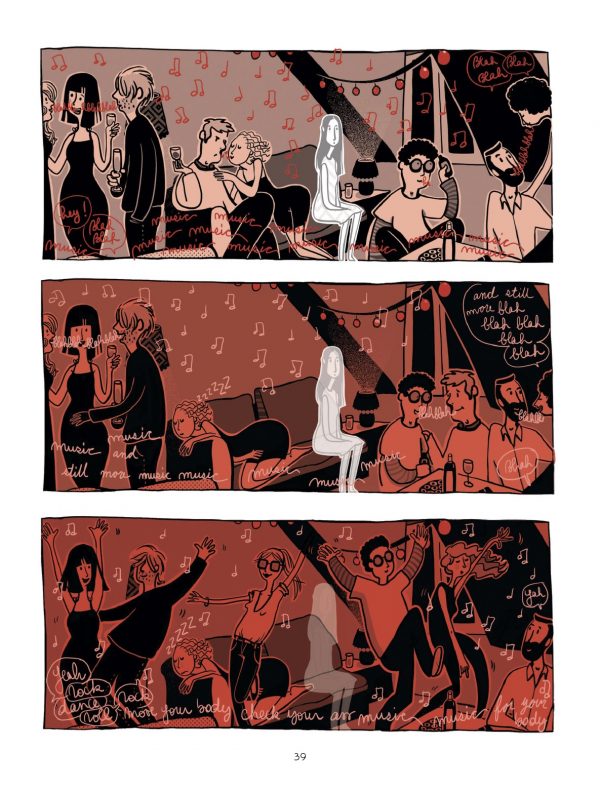
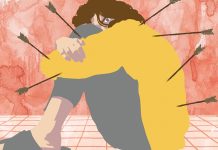




nice post!!!!
Comments are closed.